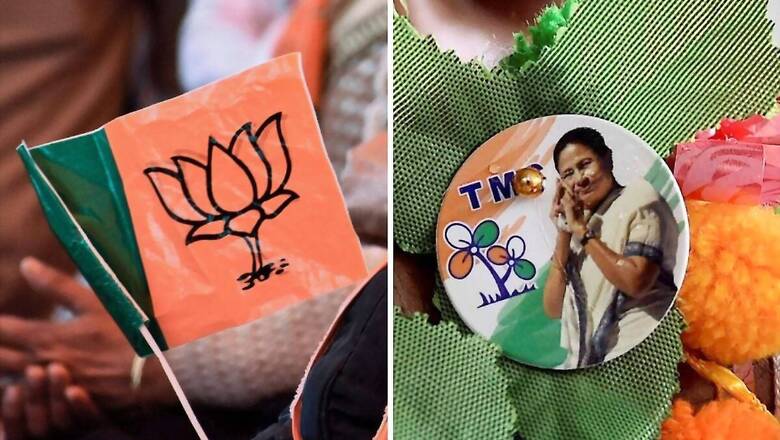
views
With its 54 seats spread across seven districts, North Bengal is pegged to be the game-changer in the ongoing Assembly elections. While the BJP striving hard to hold its fort in the region, the TMC is seeking to recover its lost ground amid turbulent political equations in the state. This region, dominated by tribal and minority communities, has mostly remained away from TMC‘s reach. However, it was once considered a bastion of the Congress and the Left Front, north Bengal districts.
The region will go to polls on Saturday, with Union Minister Babul Supriyo and West Bengal ministers Partha Chatterjee and Arup Biswas in fray for the fourth phase of the high octane poll in West Bengal. On April 10, elections will be held for 44 seats covering Cooch Behar and Alipurduar districts in north Bengal and parts of South 24 Parganas, Howrah and Hoogly in the southern part of the state.
The TMC appeared to be in a strong position in the region in 2016 state polls when it bagged 25 seats there. But the equation changed in the general election three years later in 2019 and the course changed much in favour of the BJP. It won seven of the eight Lok Sabha seats and stayed ahead in 35 assembly segments.
The TMC, which pulled up its socks after the Lok Sabha poll debacle, has, however, managed to woo back GJM leader Bimal Gurung, who holds sway over at least 15 assembly seats and 11 Gorkha communities. BJP state president Dilip Ghosh said his party is confident of sweeping North Bengal this election.
Negating him, senior TMC leader and state minister Gautam Deb claimed that “tables would be turned on rivals” and the ruling party will emerge victorious in the northern part of the state.
Voters in north Bengal’s 54 seats — Cooch Behar (9), Jalpaiguri (7), Alipurduar (5), Darjeeling (6), North Dinajpur (9), South Dinajpur (6) and Malda (12) — have weathered many a storm over the past few years, including the 104-day-long Hill strike over statehood demand in 2017, as they sought the protection of indigenous rights.
The saffron party, sensing anger over infiltration in the region, made NRC and CAA its poll planks to impress the electorate and pocket votes in 2019.
It had also inducted leaders from various local outfits, stitched an alliance with social groups, such as the Rajbanshis in Cooch Behar, to gain a foothold. Gurung, the chief of one of the two factions of Gorkha Janmukti Morcha (GJM), lent his support to the BJP back then.
The party had also claimed credit for facilitating the historic Land Boundary Agreement in 2015 — which allowed 51 Bangladeshi enclaves to become a part of India and 111 enclaves in Cooch Behar to merge with Bangladesh’s territory.
The TMC, however, had claimed that the age-old matter was resolved only after its dispensation took the initiative, and paved the way for territory swap.
In Darjeeling, the promise of a permanent political solution and growing resentment against the TMC government over “atrocities” perpetrated during the 104-day agitation in the Hills, also helped the BJP cement its foundation.
Similarly, in Alipurduar, Jalpaiguri and minority-dominated Dinajpur and Malda — the saffron camp was steadfastin exploiting the issue of infiltration to outsmart the TMC.
According to sources in the BJP, the social work carried out by the RSS further worked in favour of the party, which came out with flying colours in 2019. The TMC, which was grappling with infighting, corruption and communal clashes at that time, had failed to hold on to its bastions. The ruling party, however, did not take this setback lying low and initiated necessary measures to change the ground-level equations in the region.
With the return of Gurung, the TMC, which already enjoys the support of GJM’s other faction led by Binoy Tamang, has geared to take on the BJP.
“Gurung’s support is indeed one of our biggest achievements in the North Bengal region. We had ceded ground to the BJP in 2019, but now we are hopeful of recovering it,” a senior TMC leader, who did not wish to be named, said.
Add to that, the growing dissension in the BJP over distribution of tickets, following the induction of leaders from other parties, may give the state’s ruling camp an edge.
The TMC has also secured a trump card in Alipurduar, after popular Scheduled Tribe (ST) leader Rajesh Lakra, hailed as ‘Tiger’, joined the party.
Moreover, the Mamata Banejee-led camp, which is trying to cash in on the delay and confusion over CAA implementation to curry favour with the refugees, is hopeful that the Congress-Left-ISF alliance might eat into the vote bank of the BJP, which it had secured in 2019.
Both the parties, led by their top leaders, have tried to pull each other down during their election campaigns over the past few days, even as the Congress and the Left hope to take advantage of the squabble between the TMC and the BJP to re-establish its rein in the region.
All seven districts in north Bengal are set to go to polls in the remaining five phases of the assembly elections to be held between April 10 and April 29.
(With PTI inputs)
Read all the Latest News, Breaking News and Coronavirus News here. Follow us on Facebook, Twitter and Telegram.











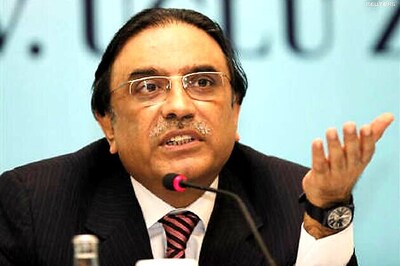

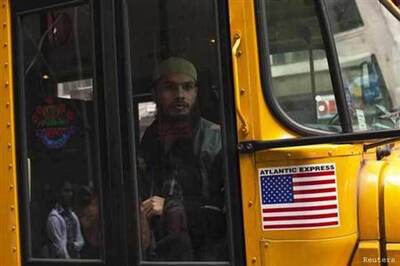
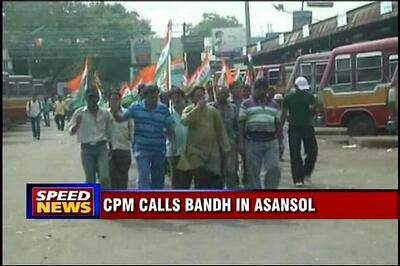


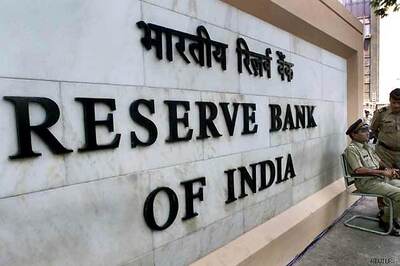
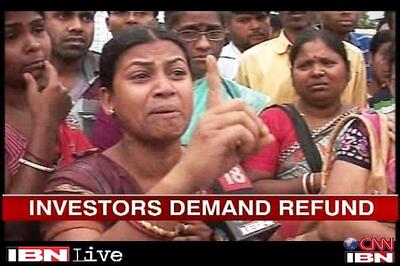
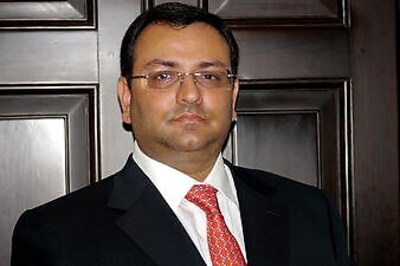
Comments
0 comment